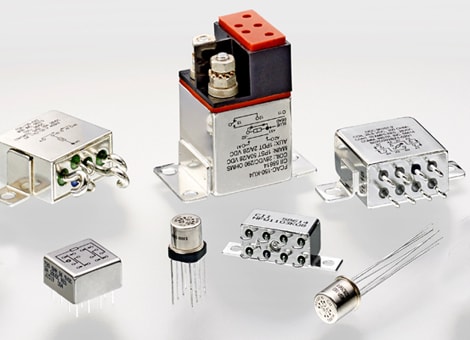Crwilliams
Member
- Location
- Pennsylvania
- Occupation
- Electrical engineer
I’m seeing several switches, installed new, failing after only 5 or 6 years. They are only used one on-off cycle every 24 h. These are the typical designer (rocker) style 120 vac 15 or 20 amp devices. Installed in climate controlled indoor environment. The common factor seems to be that they are driving LED drivers, which in turn are driving some 100 or so LEDs. The drivers are soft start, and therefore the switches are seeing virtually zero current on ‘make’ and maybe 500 mA on ‘break’ — almost dry switching. So here’s the question: are others seeing this failure mode, and are there any switches labelled for this application?

